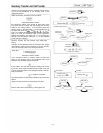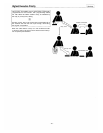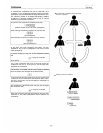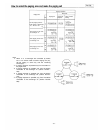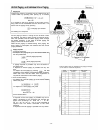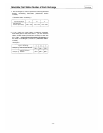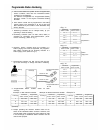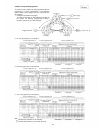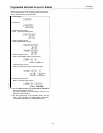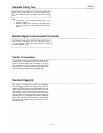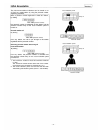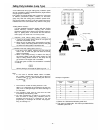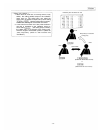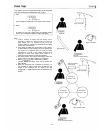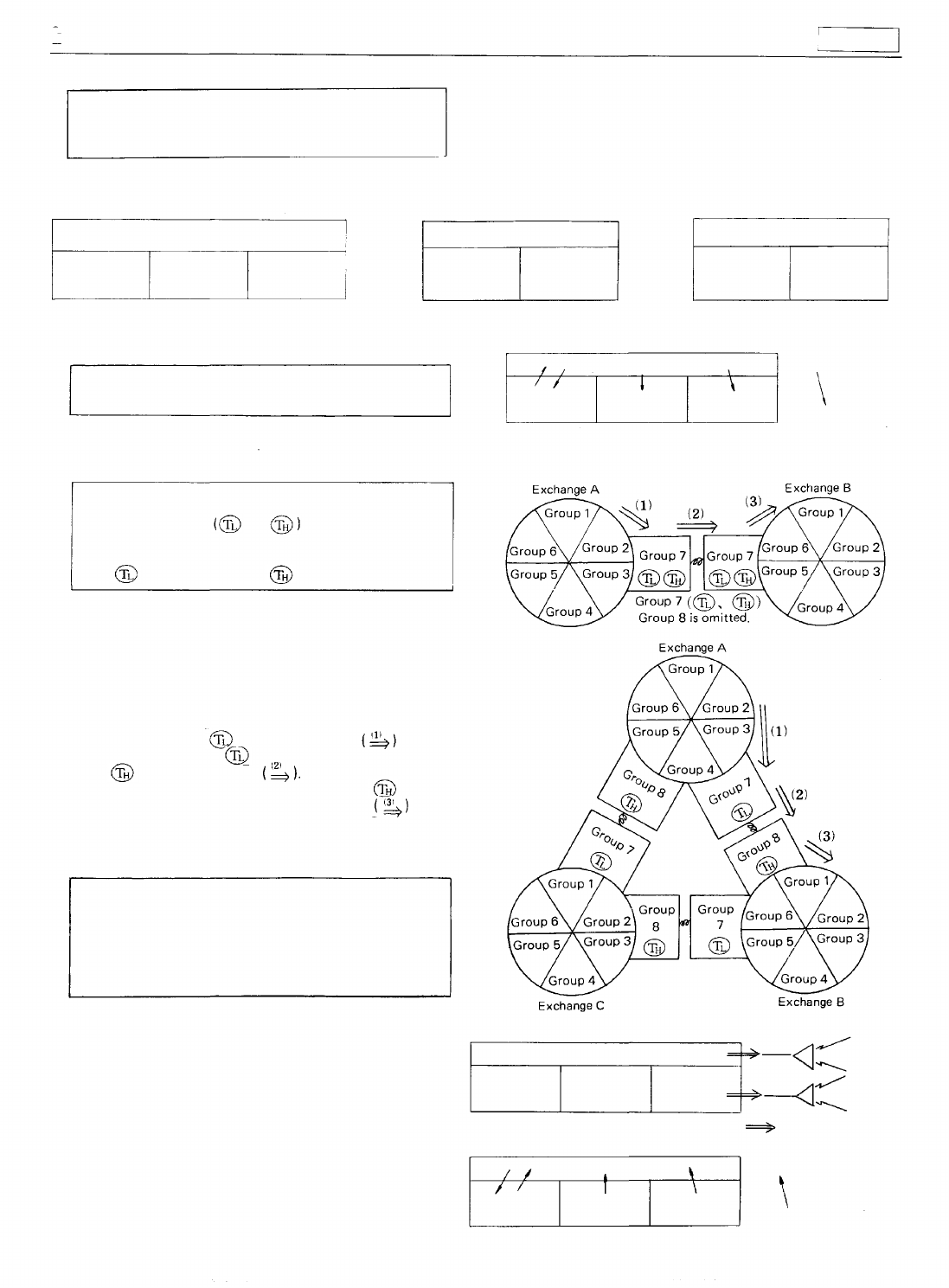
Group Blocking
Function (A)
The system can be grouped or divided into a maximum
of 6 groups of stations with consecutive station numbers
by exchanges "A", "B" and "C". Different station
groups cannot call each another.
[Example 1]
< Exchange "A" >
Fig.
1
Group 1 No.201~209
Group 2
No. 21
0~219
Group 3
No.220~249
Group 4
No. 250~279
< Exchange "B" > Fig. 2
< Exchange "C" > Fig. 3
Group 1 No.470~479
Group 2
No.480~489
Group 3
No.490~499
Group 1 No. 740-759
Group 2
No.
760~769
Group 3
No. 770~799
[Example 2-1] Fig. 4
Function (B)-1
The group connected to the same exchange can call and/
or be called by any other group(s) within the same
exchange area.
Function (B)-2
Only one pair of groups can call each other across the
tie-lined exchange. The tie-line link of each exchange (4
links) forms a group and like stations.
The groups No.1 through 6 connected to the same
exchange can call exchange by programming in tie-line
links (group No. 7) and (group No. 8).
Explanation of < 3 exchanges tie-lined > (Fig. 6)
1) The call can be made from Group No. 2 of exchange
"A" to tie-line links of exchange "A".
2) Connect tie-line links of exchange "A" to tie-line
links of exchange "B".
3) The call can be made from tie-line links of ex-
change "B" to group No. 1 of exchange "B".
4) Thus, the call is allowed to go through from Group No.2
of exchange "A" to Group No. 1 of exchange "B".
Function (C)
The paging zone number (All-call, individual zones No.1
~ 30 for 2 exchanges and No.1 ~ 45 for 3 exchanges)
which each group of each exchange can call is program-
mable. (No distinction is made between external PA and
Station paging.)
Paging to the paging zones of the other exchange is also
programmable.
Note.
When the paging call is made, the group of stations to
which the response is made is restricted by Function
B. Function B permits the normal station call in the
direction of the arrows. Its paging response can be
made in the opposite direction of the arrows.
(Refer to Fig. 4 and Fig. 8)
< Example of Paging response >
When the programming is set up for the normal station
call as is shown in Fig. 4, the paging response is only
possible in the direction of the arrows of Fig. 8.
Group 1
Calling station
Station receiving
[Example 2-2]
< 2 exchanges tie-lined > Fig. 5
[Example 4] Fig. 8
Group 2
Group 3
Group 4
Group 1
Group 2
Group 1
Group 3
Group 4
Station responding to paging call
Paging response
Paging station
Paging station
Paging zone
Zone 4 paging
All-call paging
Tie-line
< 3 exchanges tie-lined > Fig. 6
Group 2
Group 3
Group 4
[Example 3] Fig. 7
– 87 –



